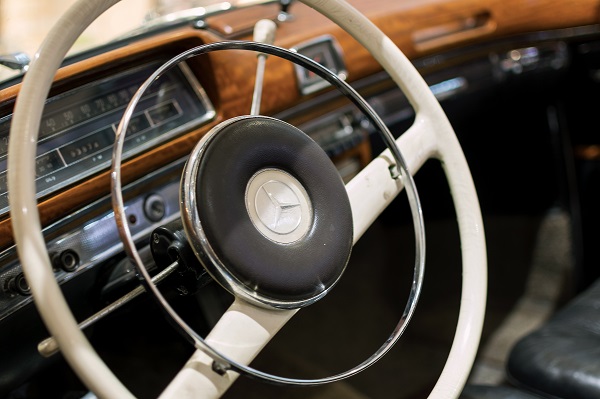How does the tax law treat the classic or antique car when you use it for business? Can you deduct it just as you would any car you use in business?
To deduct the classic or antique car,
• the car must be of a type that’s subject to wear and tear, decay, decline, or exhaustion; and
• the car must be used in your trade or business.
According to the courts, this language is unequivocal (i.e., it allows for no doubt or misinterpretation).
Example. You drive a 1972 GTO in the course of your business. You obviously subject that car to wear and tear, decay, and exhaustion. Because you are driving it for business, you have a tax-deductible 1972 GTO.
In 1981, lawmakers simplified depreciation deductions and removed the requirements of “salvage value” and “estimated useful life,” both of which could have prevented your write-off of the GTO.
Today, you can thank the Tax Cuts and Jobs Act (TCJA) for making the money equation easy. Under the TCJA, you encounter no depreciation differences between, say, a 2019 Lexus GS and the 1972 GTO. That’s because the TCJA uses the same depreciation schedule for both new and used cars.





